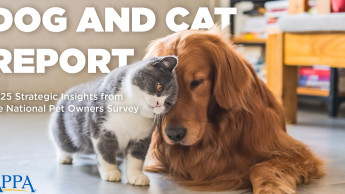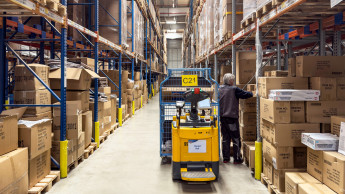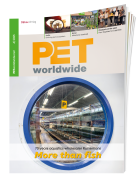In a Joint Industry Statement (JIS) the undersigned organisations express their strong concern and opposition to the use of text and colour for waste sorting labels on packaging. These include European Petfood Association Fediaf, Pet Europe - Producers’ Association and PET Sheet Europe. This would reintroduce national barriers to the free movement of packaged goods in the Union, directly contradicting the recent Single Market Strategy where the European Commission identified divergent packaging labels as one of the ten most disruptive barriers to the internal market.
The latest version of the draft Joint Research Centre's (JRC) guidelines on EU waste sorting labels still stipulates that full-colour labels with accompanying text should be used on packaging, the statement continues. Although the draft offers some design options for a pictogram-based system, it simultaneously proposes restricting the use of colour- and text-free alternatives to cases justified by economic constraints, specific consumer readability needs, or to very small packaging.
The current approach contradicts the goals of the Packaging and Packaging Waste Regulation (PPWR) and risks fragmenting the EU Single Market, industry representatives warn. Article 12 of the PPWR mandates harmonised consumer sorting instructions to support recycling, reduce industry burden, and ensure a functioning Single Market.
A labelling system with full colour and multilingual text, as proposed, would lead to diverging national rules. Products might need up to 24 language versions—undermining clarity for consumers and the aim of harmonisation.
This direction also conflicts with the Commission’s Single Market Strategy and past infringement actions against national labelling systems. Divergent rules would increase costs, reduce efficiency, and confuse consumers—ultimately threatening the environmental and economic goals of the PPWR.
“We therefore urge the Commission to reconsider the current direction of the JRC guidelines and ensure that the future EU labelling system aligns with the goals of EU-wide harmonisation, large-scale recyclability, and protection of the Single Market.”

 Menü
Menü

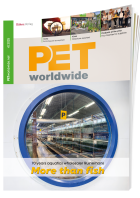



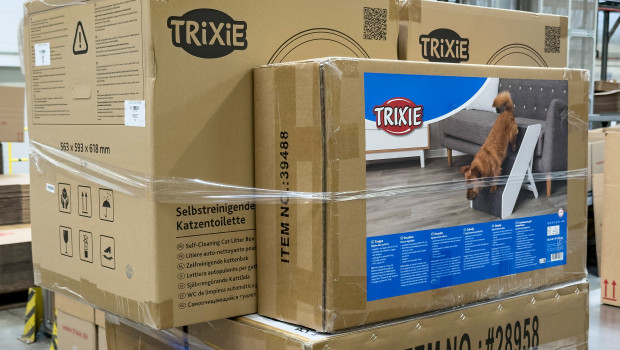
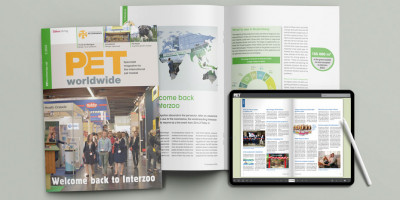
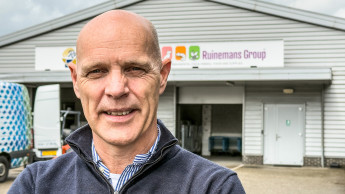


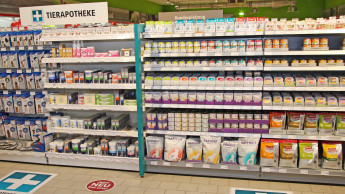
 Print - digital - online
Print - digital - online